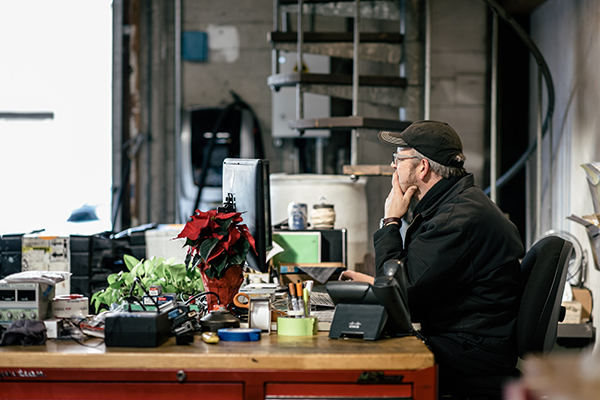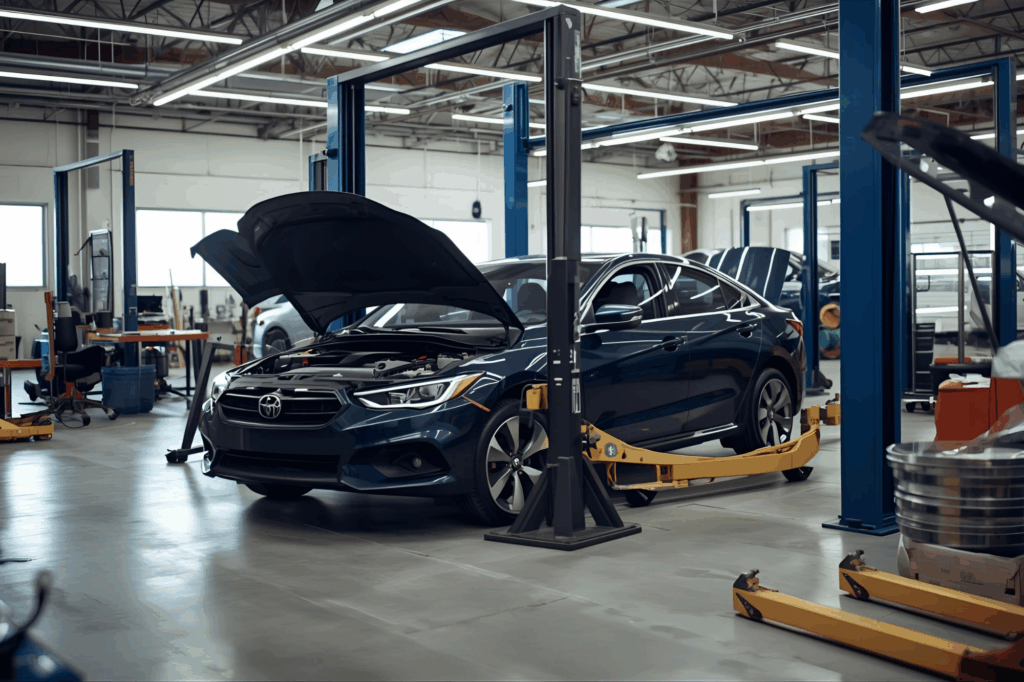
When it comes to getting or keeping customers, there are many methods to choose from — but they aren’t all equally profitable. That brings up this question:
What brings the most value to your shop?
Here are three choices:
- Is it the time and money you spend on marketing, trying to reach new customers?
- Is it the time and money you spend on your rewards and loyalty programs, enticing your customers to keep coming back?
- Is it the time you spend working with dissatisfied customers, intervening before they stop doing business with you?
The answer isn’t obvious
If you’ve worked for a company that was successful in its marketing, you already know the first choice is not correct. Advertising is expensive. You spend a lot of time and effort reaching many people who will never become your customers. That metric is easy to track. Take your total expenditure on marketing activities, and divide that figure by the actual number of new customers you gained. That’s your cost of acquisition, and it’s probably high.
It’s typically high. That’s why, if you manage your shop by the numbers, you’ll quickly learn that a typical new customer does not become profitable until their second or third repair.
What about the second option? Rewards programs work well for inexpensive products that are frequently purchased, such as coffee, groceries or gasoline.
But car repair is not a frequent, inexpensive, or low-involvement purchase. Maybe offering rewards for oil changes and tire rotations might keep some customers loyal to you. But those are very low-profit sales for your shop. A rewards program is easy to track and nice to have in place, but it’s not your most profitable activity.
Who enjoys dealing with unhappy customers?
Don’t answer that question. Instead, answer this: How many consumers enjoy complaining to their repair shop that their car was not fixed right, or that the work was sloppy, or that small items were overlooked, especially on big-ticket purchases, like a 30,000-mile service?
Nobody enjoys complaining to a repair shop. Nobody. That’s why the scary truth in American business is this:
Nine out of 10 dissatisfied customers won’t tell you they’re unhappy. They just stop doing business with you instead.
When this happens, you lose:
- All the marketing and advertising money you spent to acquire that customer.
- All the rewards, discounts or incentives you might have spent on that customer trying to keep him or her loyal.
- All the future profits you could have made from that customer.
- Any referrals you could have received from that customer.
That’s why you need this metric.Some technicians take great pride in their work. They make certain that every little detail is painstakingly attended to on each repair, no matter how long it takes. If you tracked the metric that calculates what percentage of your customers kept coming back after that tech serviced their car, it would be a very high percentage.
Then there are the techs who slam through every ticket as fast as they can. They appear to be very profitable to the shop they work for. But they might overlook small things.Maybe they won’t mention the nail they see in a tire during a 30,000-mile service, or the burned-out tail light, or the driver’s door trim that’s rattling, or the rearview mirror that’s loose. They’re too busy doing profitable work for you, right?
But customers will eventually discover all those overlooked items, and odds are they’ll do it soon after they get their car back from you.
They won’t complain. Nine out of every 10 of them will simply stop doing business with you. Forever. You won’t even realize they left you, not for months, until you see their name in your CRM as non-active customers.
How can you track this?
Technicians who drive away customers like that, regardless of how profitable they appear, will have a very poor customer satisfaction metric. But that’s not a difficult measure to track. Every business day, call a sampling of the previous day’s (or week’s) customers.
Ask them:
- Is everything OK?
- Are they happy?
- Does the work need any fine-tuning or adjustments?
- Was anything not done right?
- How was their experience having their car fixed here?
That is your most profitable activity. Find your dissatisfied customers and intervene before they take their business somewhere else.
In the long run, if you retain enough of those customers, you’ll have a very busy — and very profitable — repair shop.



